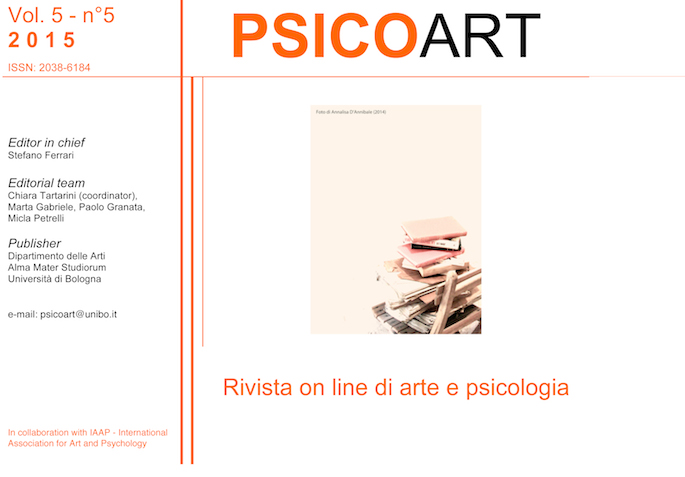Behind Tamara de Lempicka's religious portraits. Searching for lost identities: Mère Supérieure (I)
DOI:
https://doi.org/10.6092/issn.2038-6184/5013Keywords:
Tamara de Lempicka, Depression, ReligionAbstract
The following work reveals the identity hiding behind the painting Mère supérieure (1935) by Tamara de Lempicka. The portrayed character is Sister Thérèse Delphine, at that time Mother Superior of the Sanvitale Convent in Parma. Thanks to the accurate review of biographic sources, the careful check of places and times, and the contribution of some meaningful testimonies it was possible not only to retrace the context in which the work originated but also to finally identify the protagonist of the painting. In 1935, during a trip to Italy, Tamara looked for a convent where she could finally be heard in order to ease her pain. At that time the painter was suffering from serious physical disorders and deep depression both hindering her artistic work. She mentioned the meeting with Sister Thérèse. That encounter was so meaningful to her that it left a deep mark in both her private life and artistic production. She decided to portray immediately the face that had struck her so much and she will always have a very special bond with that painting.
Downloads
Published
How to Cite
Issue
Section
License
Copyright (c) 2015 Roberto Boccalon, Chiara Luzi
Copyrights and publishing rights of all the texts on this journal belong to the respective authors without restrictions.
This journal is licensed under a Creative Commons Attribution 4.0 International License (full legal code).
See also our Open Access Policy.





